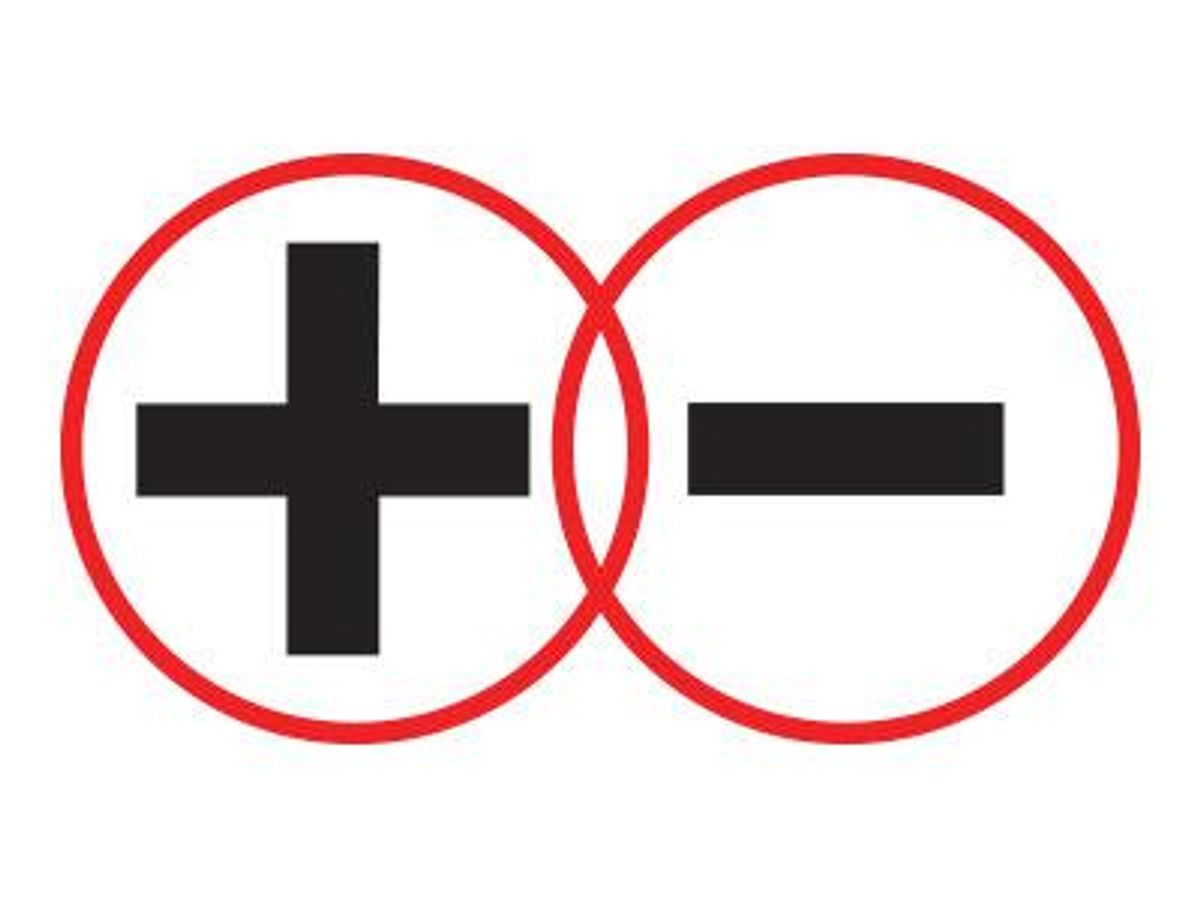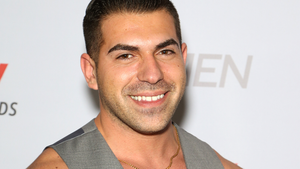It is not easy to surprise Alex Garner, the founding editor of Positive Frontiers, who conducts HIV awareness and prevention programs in cities across the country. But during a recent trip to Los Angeles, he noticed a change that made him pause: Since his last visit only a few months earlier, gay men were beginning to talk more openly about using the drug Truvada as pre-exposure prophylaxis, or PrEP -- used by HIV-negative people to prevent HIV infection.
Garner, who has been educating the LGBT community on Truvada's use for PrEP since it was first approved by the Food and Drug Administration and is the creator of one of the first blogs on the subject, observed that the drug was being mentioned in online dating profiles and in hookup apps like Grindr. Moreover, gay men were more likely to admit in conversation that they were taking it, and they were discussing it in an increasingly "empowered, nonstigmatized way."
"I wouldn't say it's become ubiquitous, but it's become more noticeable than it was six months ago," he says, recounting that a friend he had not seen in years stopped him on the street to talk about PrEP, which for Garner was "a clear indication things are starting to shift."
This shift is good news for activists like Garner, who work to raise awareness and combat stigma regarding PrEP, which in studies has been shown to reduce the risk of HIV infection by up to 90 percent if administered daily. Until recently, advocating for PrEP has been an uphill battle. Notably, Michael Weinstein, the head of the AIDS Healthcare Foundation, has discouraged it due to his belief that it will decrease the use of condoms, as well as his fear that gay men will not take it as prescribed, and he has branded it a "party drug." The phrase "Truvada whore" has also come into use among gay men as a slut-shaming label akin to the scarlet letter pinned on Hester Prynne, although recently gay and HIV awareness activists and PrEP takers have reclaimed the phrase much as young people did with the word "queer" 20 years ago.
Recent developments, including recommendations from the World Health Organization and the Centers for Disease Control and Prevention, have softened this stigma, particularly in light of the recent CDC report announcing that the annual number of new HIV diagnoses among gay and bisexual men between the ages of 13 and 24 increased by a staggering 132.5 percent between 2001 and 2011. WHO estimates that PrEP use by gay men over the next 10 years could reduce worldwide HIV transmission by 20 to 25 percent.
The impact of statistics such as these as well as PrEP's heightened visibility has affected areas beyond the medical world, including social dynamics among gay men. Garner believes that as a result of PrEP, serodiscordant (or "magnetic") couples, in which one partner is positive and one partner is negative, are becoming much more common.
"The fundamental dynamics between negative and positive men have shifted in a way that I personally haven't seen in quite some time," says Garner, who attributes this change to "PrEP as well as treatment as prevention, and the understanding of what one's undetectable viral load means."
As the saying goes, AIDS is no longer a death sentence. With proper medication and care, an HIV-positive person can suppress the virus in his body to the point that it is "undetectable," a word that is also increasingly used in dating profiles. Translation? That individual has nearly eliminated the chance of passing the virus on to others, even if he practices condomless sex. This is called "treatment as prevention."
All these new approaches to safer sex, Garner notes, have affected how negative and positive men relate to each other because they reduce a key emotional obstacle to love: fear.
"That impacts how fearful they are of the sex that they're having, how fearful they are of one another, as well as the stigma that comes with the idea of someone being potentially infectious," Garner says.
Garner, who has been positive for 18 years, has seen this impact in his own love life. Until recently, he had dated other positive men almost exclusively. But, he says, "PrEP changes that. The possibility of sort of having a short-term or long-term relationship with someone who is serodiscordant seems much more realistic now because PrEP is available."
And it changes the relationship, too. "The context of the relationship isn't about fear of transmission, and we can choose to have an intimate sexual experience without fear of transmission occurring," he says.
Though advances in prevention have moved society to this "juncture where things are rapidly changing," Garner points out that major obstacles remain. Slut-shaming endures, even among health care professionals, who may make judgments about the sexual history of patients who choose to use PrEP. In addition, many at-risk individuals, particularly in low-income and minority populations, have limited access to the drug--both to providers who can prescribe it and the means to purchase it. A yearly prescription can cost upwards of $10,000, a steep price to pay, although insurance companies are increasingly agreeing to cover the cost and the maker, Gilead, offers a small prescription assistance stipend.
For those negative men who have gained access to the drug, more doors have opened for finding a partner or relationship. And by engaging in a drug regimen that may be similar to that of potential partners and making required quarterly visits to health care providers, these men are finding opportunities to not only connect with poz men but also engage in new conversations about health.
"For the longest time, we focused on the health and wellness and the engagement and care of positive men, and we sort of forgot negative men," says Garner, adding that PrEP "provides an opportunity for us as a community to invest in [the] care of negative men in a way that we haven't done in a long while and to really speak openly about the experience of what it means to be negative."
Garner says the key to reducing stigma and increasing wellness is for both positive and negative men to talk openly about their health issues with each other. By having this dialogue, they may also rekindle that spark of commonality, in ways that can improve not just physical and but also mental health.
"It's complicated and it's messy and at times very difficult," he says of these conversations, which is also true of love itself. "But I also think that goes back to this idea of commonality. The majority of positive men can remember what it's like to be negative, so we share that experience...because we know the struggle at times to stay negative."


















































































